How to install Secure Privacy with Google Tag Manager (GTM)
Websites using Google Tag Manager (GTM) can easily deploy Secure Privacy by following these step-by-step instructions.
Websites using Google Tag Manager (GTM) can easily deploy Secure Privacy by following these step-by-step instructions.
We assume that you have already created a GTM account, created a website container in GTM and added the GTM container snippet to your website as required: https://support.google.com/tagmanager/answer/6103696
Implementing Secure Privacy in GTM
1. In your GTM container create a new tag by clicking Tags > New > Custom HTML Tag.
2. In the “HTML” field, insert the script tag from your installation page.
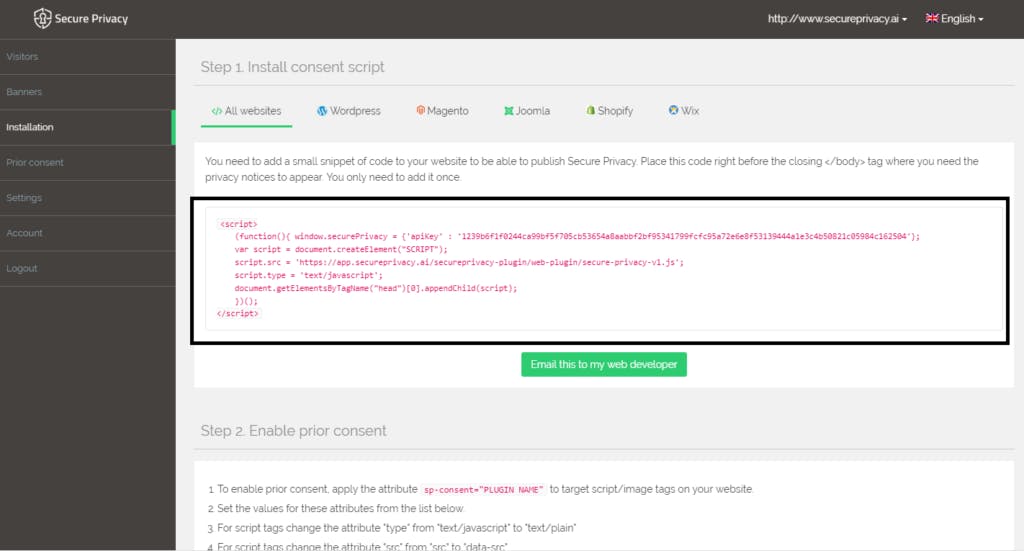
3. Choose “All pages” as a trigger and apply a name to your tag at the top of the configuration page, e.g. “Secure Privacy Script”. Click “Save” to create the tag. This is what your tag configuration should look like (except for the value of the API key):
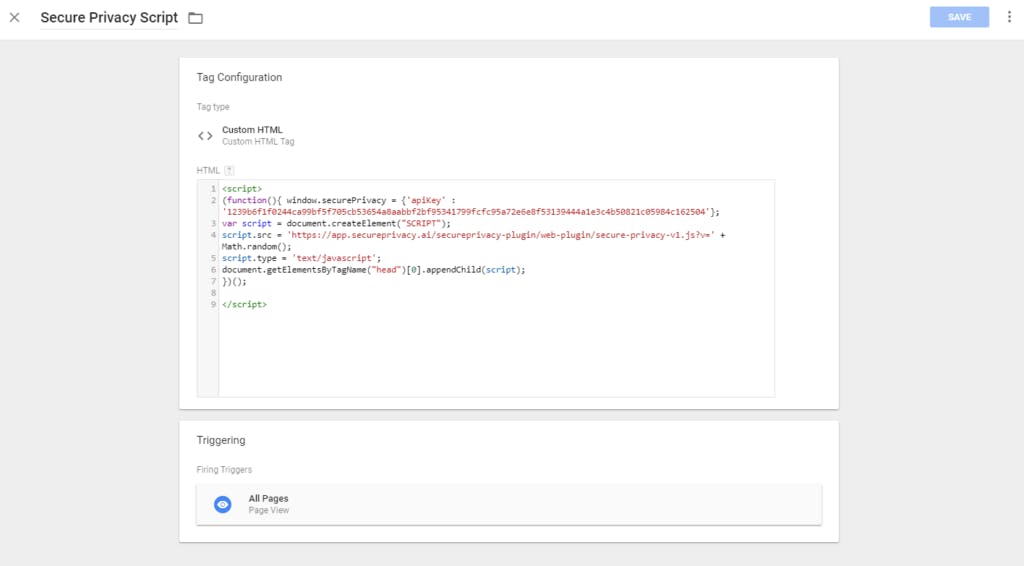
4. Finally, click “Publish” to push your changes live to your site.
The consent banner is now active on your website.
Other Tutorials
- JavaScript block third party cookies
- Install Secure Privacy with Adobe Dynamic Tag Manager
- How to install Secure Privacy on Joomla
- Google’s Consent Mode API and Secure Privacy
- How to install Secure Privacy on Wix
- How to install Secure Privacy on SquareSpace
- How to install Secure Privacy on Shopify
- How to integrate Secure Privacy with Hubspot
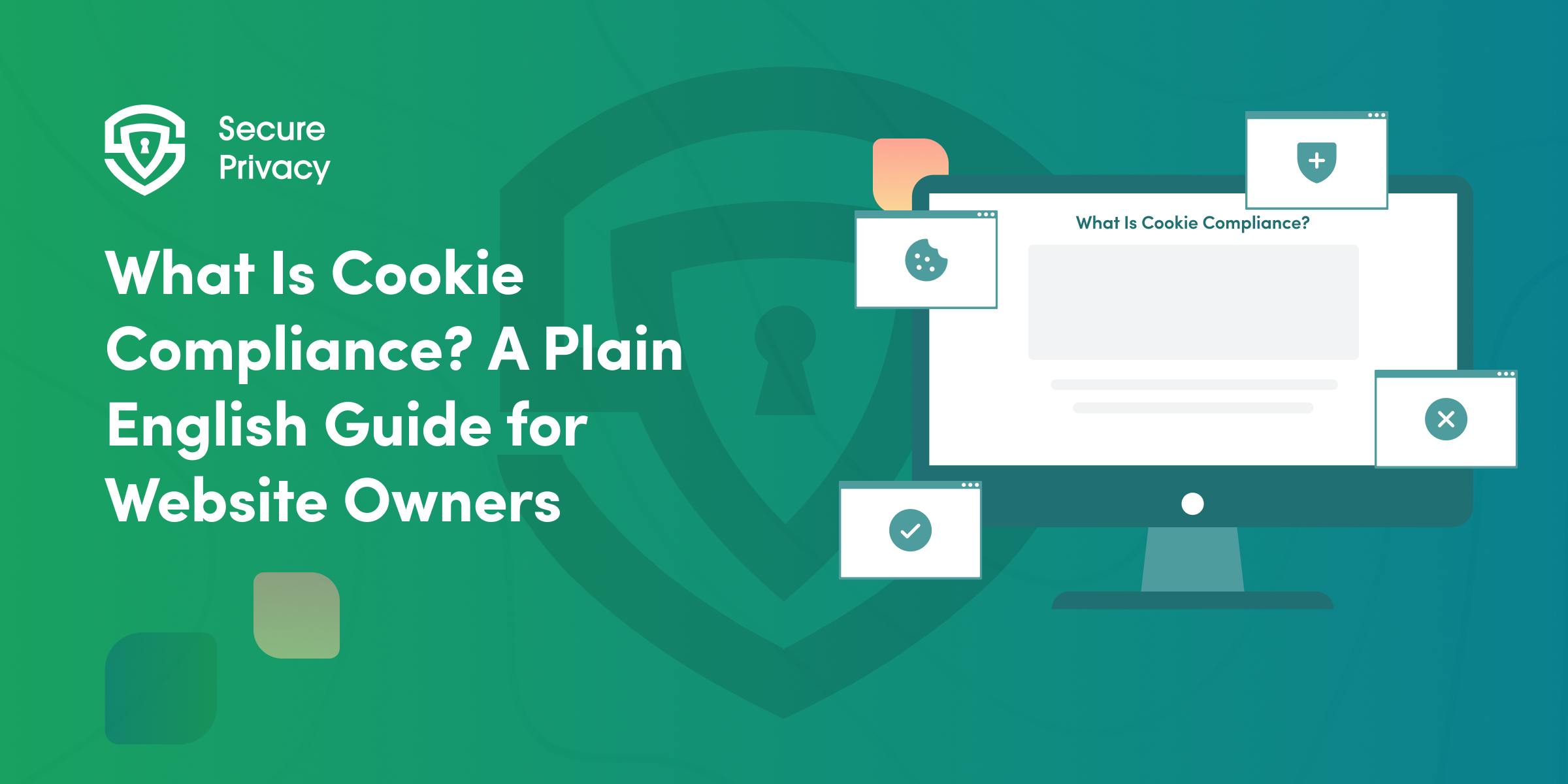
What Is Cookie Compliance? A Plain English Guide for Website Owners
Your website uses cookies to track visitors, remember their preferences, and analyze behavior. But did you know those innocent-looking cookies come with serious legal obligations? Most website owners discover this the hard way when they receive compliance warnings or face potential fines.
- Legal & News
- Data Protection
- Cookie Consent
- Cookie banner
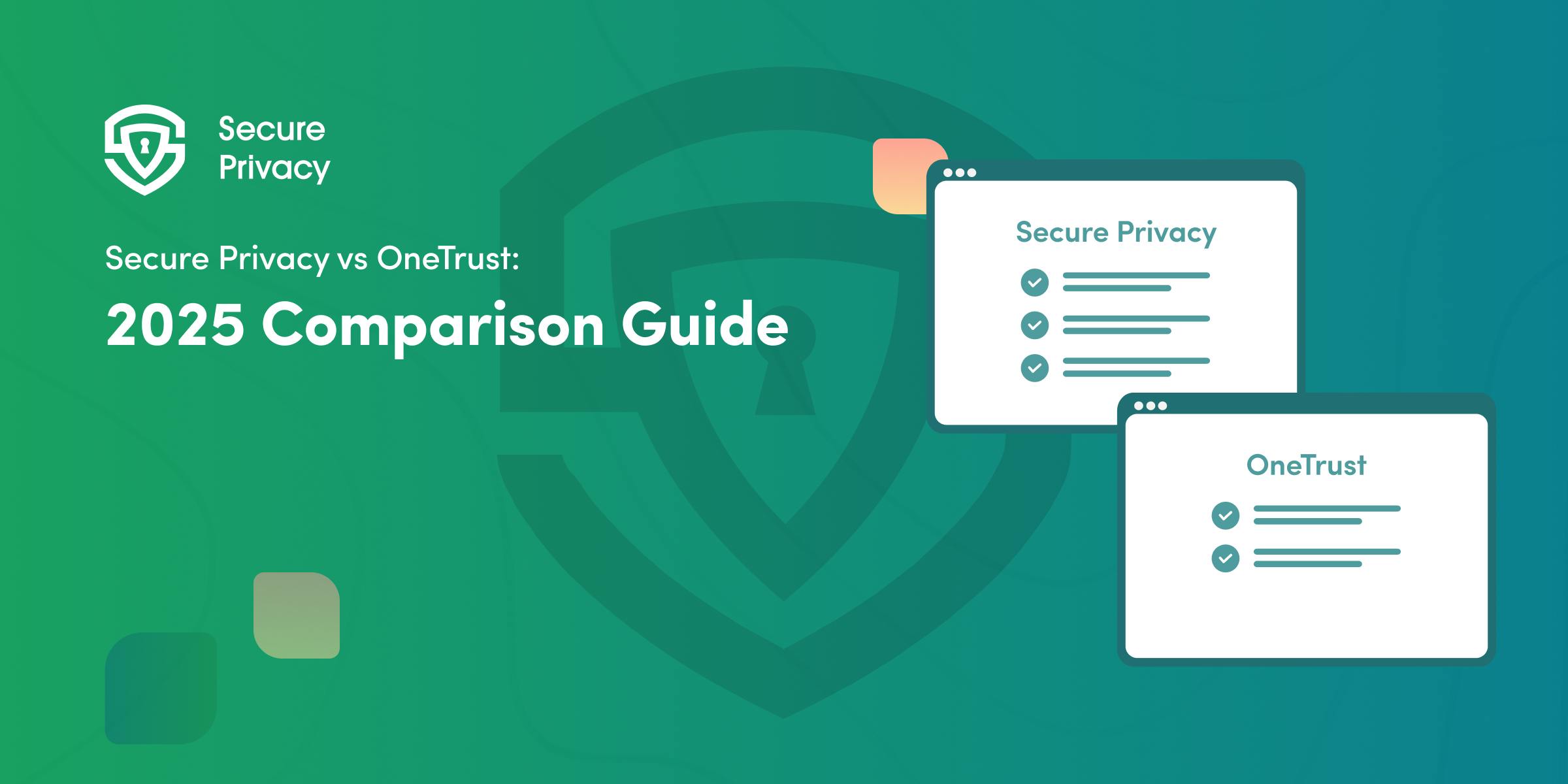
Secure Privacy vs OneTrust: 2025 Comparison Guide
Choosing the wrong consent management platform can cost your business thousands in penalties and implementation headaches. With GDPR, CCPA, and LGPD enforcement intensifying, the stakes have never been higher for Secure Privacy vs OneTrust decisions.
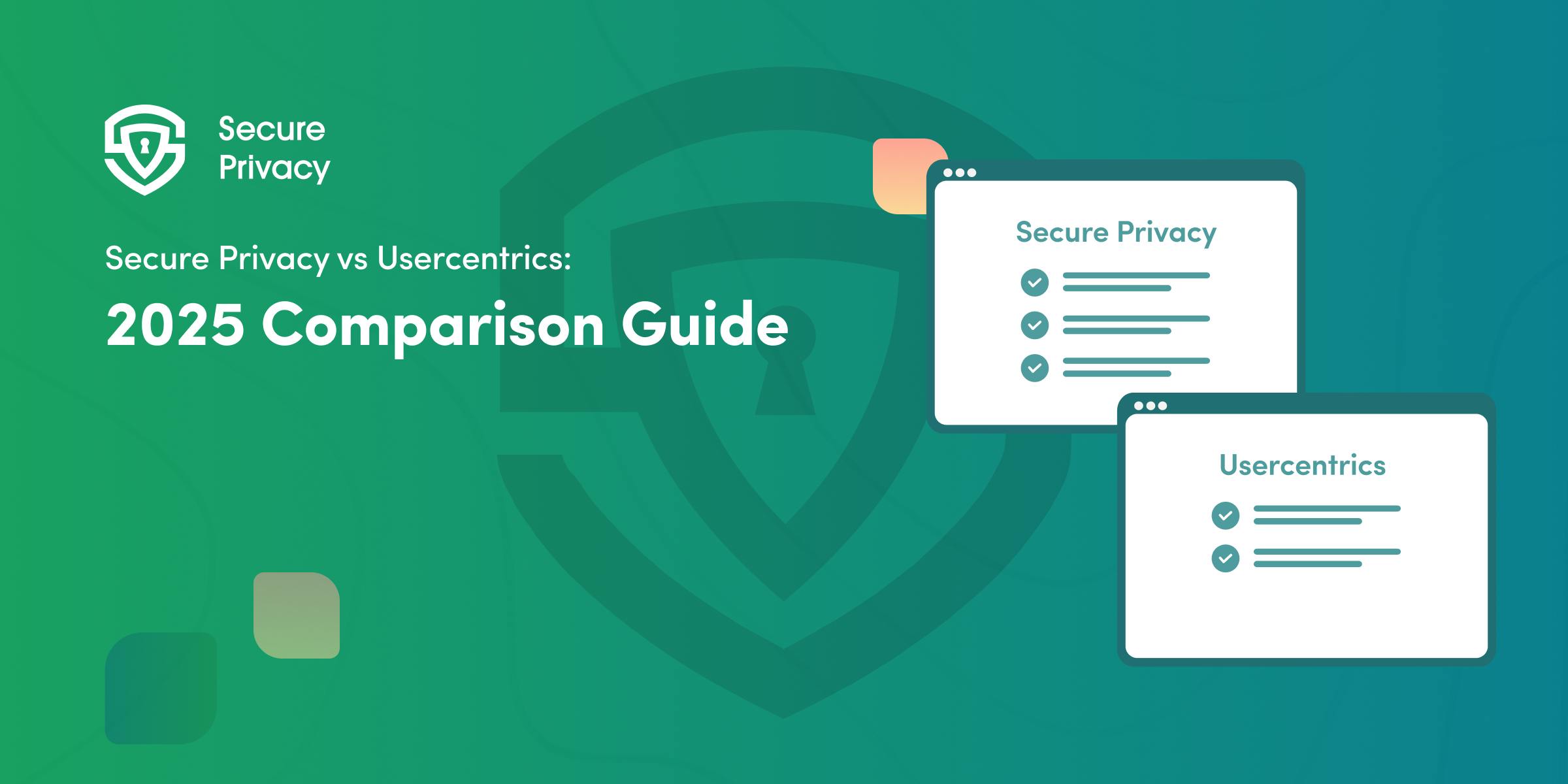
Secure Privacy vs Usercentrics: 2025 Comparison Guide
Choosing between Secure Privacy vs Usercentrics for your consent management needs? Both platforms handle core privacy requirements across GDPR, CCPA, and LGPD, but their approaches to implementation, pricing, and user experience differ significantly. This comparison breaks down the key differences between these two popular consent management platforms. We'll examine setup complexity, pricing transparency, automation capabilities, and agency support to help you determine which solution fits your team's specific needs and growth stage. Whether you're managing a single website or multiple client domains, understanding these platforms' strengths and limitations will guide your decision toward the right privacy compliance solution.
